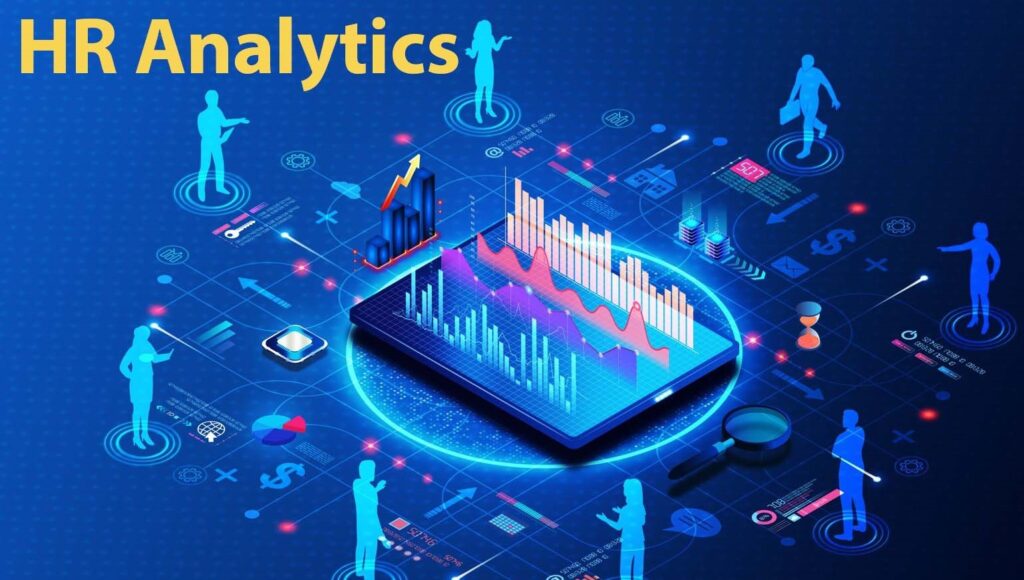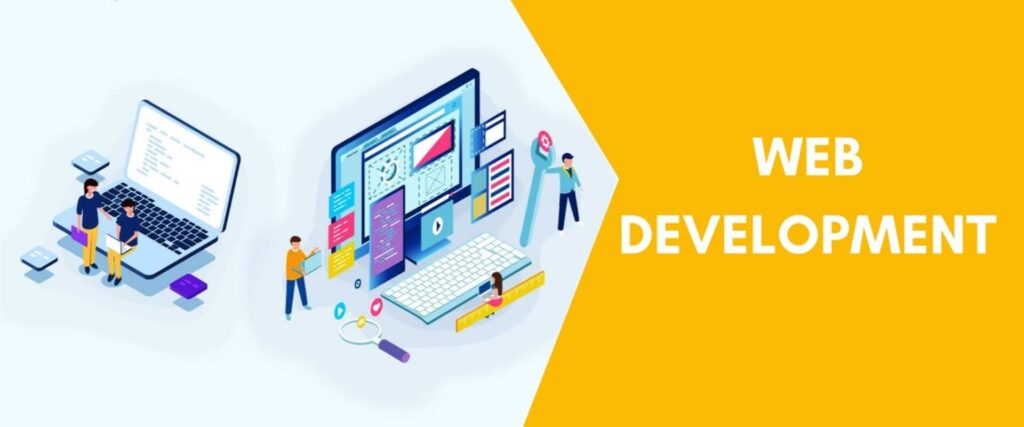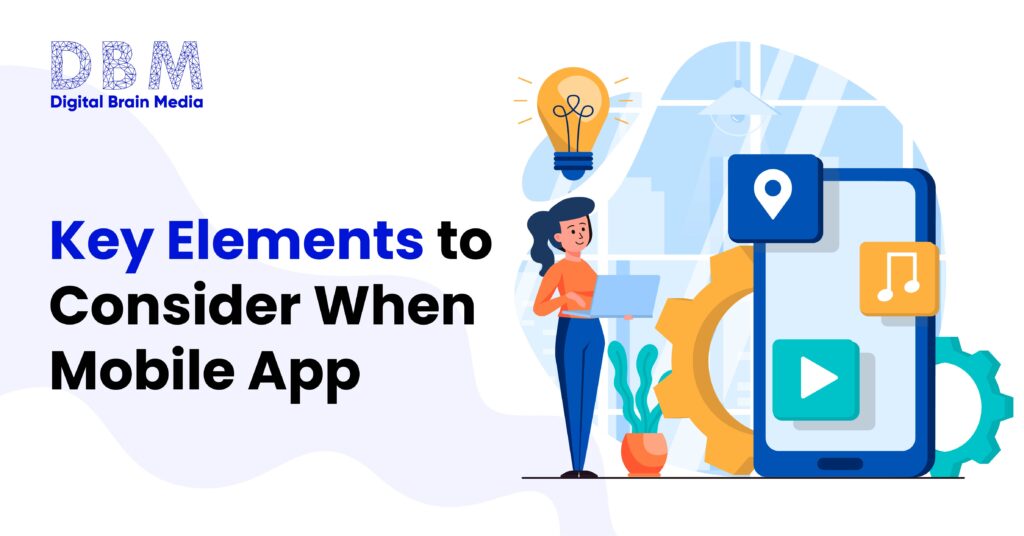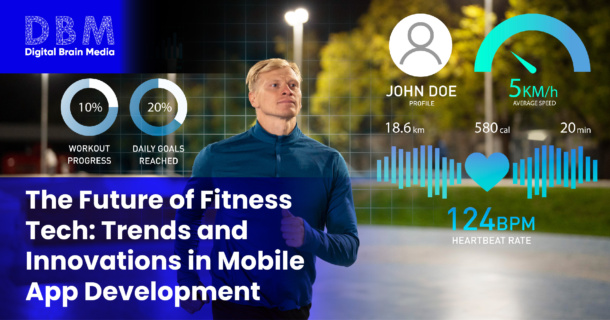1. How Predictive Analytics in HR Works?
Predictive Analytics involves using statistical algorithms, machine learning techniques, and historical data to forecast future outcomes and trends. In HR, this means analyzing patterns related to employee behavior, performance, and turnover to anticipate potential issues and proactively address them.
1.1 Employee Turnover Prediction
Predictive Analytics helps organizations identify employees at risk of leaving by analyzing various factors such as job satisfaction, performance metrics, and engagement levels. By understanding these patterns, HR teams can implement retention strategies, such as targeted interventions or career development programs, to retain top talent.
Example: A company may use predictive models to identify employees who are likely to leave based on their engagement scores and historical turnover data. This enables HR to provide additional support or career advancement opportunities to those employees, potentially reducing turnover rates.
1.2 Performance Forecasting
Organizations can use historical performance data to predict future employee performance. This involves analyzing past performance reviews, productivity metrics, and other relevant data to identify trends and forecast future outcomes.
Example: By examining past performance data, a company can predict which employees are likely to excel in upcoming projects and allocate resources more effectively. This helps in aligning talent with strategic goals and optimizing team performance.
1.3 Talent Acquisition
Predictive Analytics can optimize the recruitment process by analyzing historical hiring data to identify the most promising candidates. This includes evaluating the success of previous hires, understanding the traits of high-performing employees, and refining recruitment strategies.
Example: Analyzing past recruitment data can reveal which recruitment channels yield the best candidates and which traits are common among successful hires. This information can guide future recruitment efforts, improving the quality of new hires.
1.4 Machine Learning Models
Machine learning models can enhance predictive analytics by learning from vast amounts of data and identifying complex patterns that traditional methods might miss. Techniques such as classification algorithms, regression models, and clustering can be used to make more accurate predictions about employee behavior and performance.
Example: A machine learning model can predict employee attrition by analyzing various factors such as job satisfaction, work hours, and compensation. The model continuously improves its predictions as it processes more data.
1.5 Data Integration
Integrating data from various sources, such as employee surveys, performance management systems, and social media, can provide a more comprehensive view of employee behavior and trends. This holistic approach allows for more accurate predictions and informed decision-making.
Example: Combining data from performance reviews, employee engagement surveys, and social media interactions can provide deeper insights into employee satisfaction and potential turnover risks.
2. How Employee Sentiment Analysis Improves Workplace Culture ?
2.1 Tools and Techaniques for Sentiment Analysis
Text Analysis uses Natural Language Processing (NLP) techniques to analyze open-ended responses in surveys and feedback forms. This involves extracting key themes, sentiment scores, and actionable insights from textual data. Example: An NLP tool can analyze employee feedback from surveys to identify common themes such as dissatisfaction with management or concerns about work-life balance. This information can be used to address specific issues and improve employee satisfaction.2.2 Social Media Monitoring
Social Media Monitoring involves tracking employee mentions and comments on social media platforms to understand their sentiments about the company. This provides real-time insights into employee opinions and can help identify potential issues before they escalate. Example: Monitoring social media platforms for employee feedback can reveal insights into workplace culture and employee satisfaction. Companies can use this information to address concerns and improve their employer brand.2.3 Pulse Surveys
Pulse Surveys are short, frequent surveys that capture real-time employee sentiments. These surveys provide ongoing feedback on specific issues and help track changes in employee morale over time. Example: Regular pulse surveys can track employee engagement levels during periods of organizational change, such as mergers or restructuring. This allows HR to address issues promptly and maintain employee satisfaction.2.4 Benefits of Employee Sentiment Analysis
By understanding employee sentiments, organizations can address underlying issues and improve workplace culture. This leads to higher employee engagement, satisfaction, and overall productivity. Example: Addressing feedback from sentiment analysis can lead to improvements in management practices, communication, and work environment, fostering a more positive workplace culture.2.5 Proactive Problem Resolution
Sentiment analysis enables HR to identify potential problems early and take proactive measures to address them. This reduces the risk of issues escalating and helps maintain a positive work environment. Example: Identifying signs of low morale through sentiment analysis allows HR to implement targeted interventions, such as team-building activities or changes in management practices, to address the concerns before they impact productivity.3. How Workforce Planning Tools Optimize HR Management ?
3.1 Key Features of Workforce Planning Tools
Scenario Planning allows organizations to model different workforce scenarios and understand their potential impacts. This helps in preparing for various future scenarios, such as changes in business strategy or economic conditions. Example: A company can use scenario planning to model the impact of a potential merger on its workforce. This allows HR to plan for changes in staffing needs and identify potential risks and opportunities.3.2 Skills Gap Analysis
Skills Gap Analysis identifies current skills within the organization and gaps that need to be filled to meet future demands. This helps in planning for training and development programs and ensuring that the workforce is equipped to meet organizational goals. Example: By conducting a skills gap analysis, a company can identify areas where additional training is needed and develop targeted development programs to address these gaps.3.3 Resource Allocation
Resource Allocation helps in efficiently allocating human resources across different projects and departments to maximize productivity. This involves analyzing current resource utilization and optimizing the allocation of talent based on project requirements and strategic goals. Example: Resource allocation tools can help ensure that the right skills are available for critical projects, leading to improved project outcomes and more efficient use of resources.3.4 Benefits of Workforce Planning Tools
Workforce Planning Tools help ensure that the workforce is aligned with the organization’s strategic goals. This leads to better resource utilization and improved organizational performance. Example: Aligning staffing levels with strategic objectives ensures that the organization has the right talent in place to achieve its goals, leading to better overall performance.3.5 Improved Talent Management
By providing insights into workforce needs and capabilities, these tools support better talent management practices. This includes recruitment, development, and retention strategies. Example: Effective talent management practices, supported by workforce planning tools, can lead to higher employee engagement, better performance, and reduced turnover.
4. How Diversity and Inclusion Analytics Foster Inclusive Workplaces ?
4.1 Implementing Diversity and Inclusion Analytics
Diversity Metrics Diversity Metrics track representation across various demographics, such as gender, ethnicity, and age. These metrics help organizations understand their diversity landscape and identify areas for improvement. Example: Tracking diversity metrics can reveal gaps in representation and guide efforts to attract and retain a more diverse workforce.4.2 Inclusion Surveys
Inclusion Surveys assess employees’ sense of belonging and inclusion within the organization. These surveys provide insights into how inclusive the workplace is and help identify areas where improvements are needed. Example: Conducting inclusion surveys can highlight issues related to workplace culture and provide actionable feedback for creating a more inclusive environment.4.3 Bias Detection
Bias Detection leverages analytics to identify biases in hiring, performance evaluations, and promotions. This helps ensure that decisions are fair and based on merit, rather than influenced by unconscious biases. Example: Analyzing hiring data for bias can help identify patterns of discrimination and guide efforts to improve fairness in the recruitment process.4.4 Benefits of Diversity and Inclusion Analytics
By providing insights into diversity metrics and inclusion feedback, these tools support the development of effective diversity and inclusion initiatives. This leads to a more inclusive and equitable workplace. Example: Implementing targeted diversity initiatives based on analytics can improve representation and create a more inclusive work environment.4.5 Improved Organizational Performance
Organizations that prioritize diversity and inclusion tend to experience better performance and innovation. Analytics helps in building diverse teams that drive creativity and contribute to overall success. Example: Diverse teams bring a variety of perspectives and ideas, leading to increased innovation and improved problem-solving capabilities.App development made easy
5. How HR Data Visualization Enhances Decision-Making ?
HR Data Visualization transforms complex data sets into visual formats, such as charts and graphs. This makes it easier for HR professionals to interpret and act on insights, improving decision-making and communication.
5.1 Enhanced Decision-Making
Visualization tools help HR leaders quickly grasp insights from complex data sets. This facilitates better decision-making and allows for more informed strategic planning.
Example: Visualizing data on employee performance and engagement can help HR leaders identify trends and make data-driven decisions about talent management and development.
5.2 Stakeholder Communication
Clear visuals effectively communicate HR metrics and insights to non-technical stakeholders. This enhances understanding and supports more effective communication across the organization.
Example: Using dashboards to present HR metrics to senior leadership can provide a clear overview of key performance indicators and support data-driven discussions.
5.3 Real-Time Monitoring
Dashboards offer real-time data visualization, allowing HR teams to monitor key metrics continuously. This enables proactive management and quick responses to emerging trends and issues.
Example: Real-time monitoring of employee engagement scores can help HR teams address issues as they arise and make timely adjustments to improve workplace morale.

Conclusion
HR Analytics is revolutionizing the way organizations manage their human resources. By embracing Predictive Analytics, Employee Sentiment Analysis, Workforce Planning Tools, Diversity and Inclusion Analytics, and HR Data Visualization, companies can gain deeper insights, improve decision-making, and foster a more inclusive and productive work environment. As businesses continue to navigate the complexities of the modern workforce, HR Analytics will play an increasingly critical role in driving success.
To stay ahead in this data-driven world, companies need a reliable partner to implement and optimize these technologies. Digital Brain Media offers a comprehensive range of services, including custom software development, data analytics solutions, and digital marketing strategies, tailored to help your organization unlock the full potential of HR Analytics. Visit Digital Brain Media to learn more about how they can support your HR initiatives.










